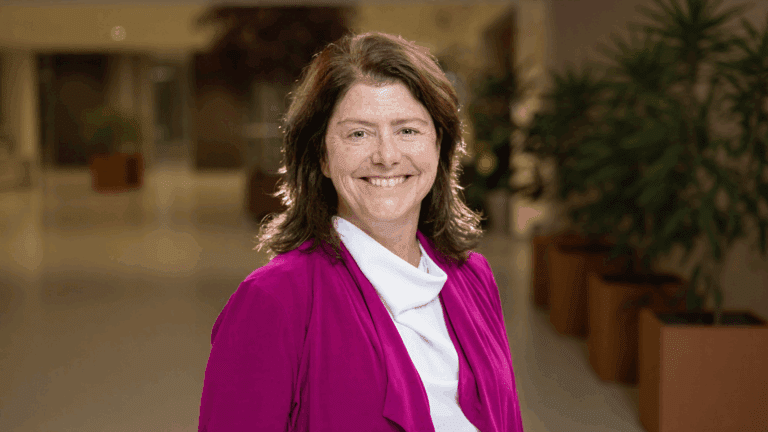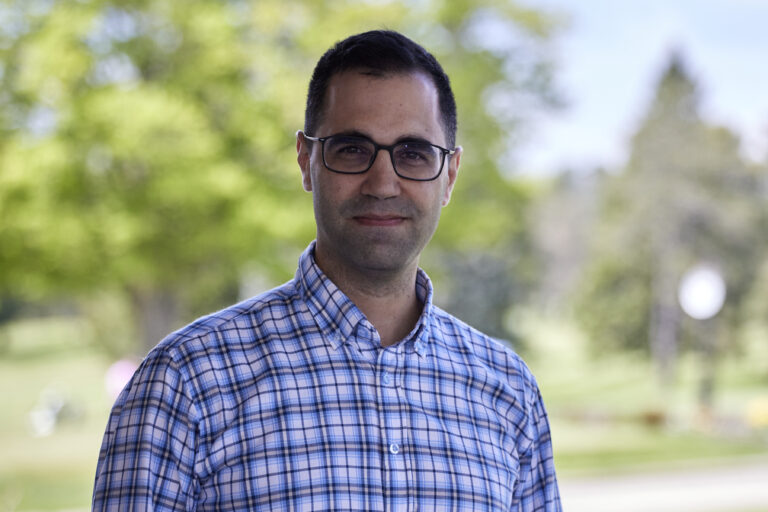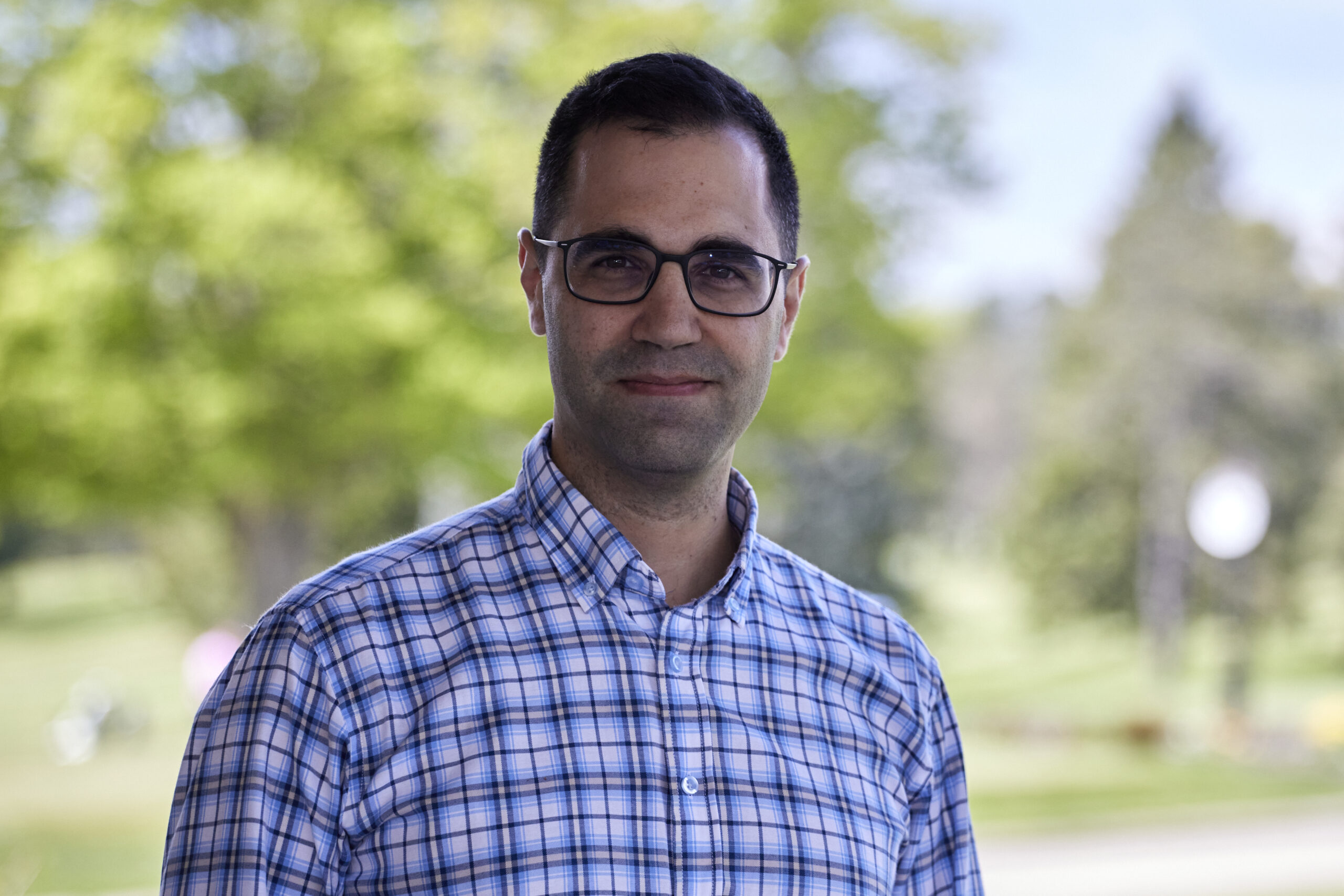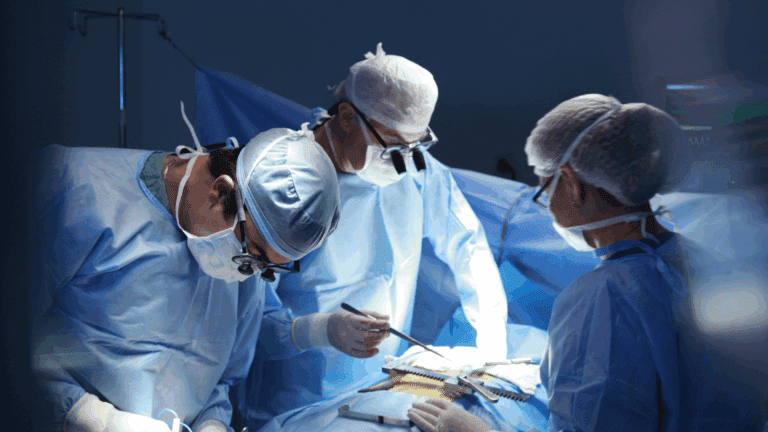
Sonia Anand
The COVID-19 pandemic has been particularly devastating for the South Asian community in Peel Region – part of the greater Toronto area – where about half the residents identify as having ancestry from India, Sri Lanka, Pakistan, Nepal or Bangladesh.
With the city of Brampton as the epicentre, Peel Region emerged as a hot spot in Ontario beginning in Fall 2020, accounting for 22% of provincial cases of COVID-19. Peel comprises only 10% of Ontario’s population.
PHRI Senior Scientist Sonia Anand and her COVID CommUNITY- South Asian study team set out to measure the immune response to the COVID-19 vaccine and its safety in South Asian individuals.
Dried blood spots for assessing antibodies to COVID vaccination were collected from 916 South Asian study participants (average age of 41) during the peak of pandemic ‘wave 3’, April to July 2021.
The results confirmed a high infection rate of 23.6% in these individuals, with serologic (blood serum) evidence of prior SARS-CoV-2 infection. Anand and team reported these findings in CMAJ Open. Her coauthors included Lawrence Loh, Chief Medical Officer of Health for Peel.
Anand and team also assessed the living and working arrangements potentially affecting South Asians in Peel during the pandemic, with a questionnaire in which 693 participants responded. The researchers found that:
- Just shy of half perceived they were at high COVID-19 risk owing to their geographic location.
- Just over a third of respondents said they were at high risk owing to their type of employment (most identified as ‘essential workers’ wherein they could not perform their jobs at home).
- Twenty percent lived in multi-generational households.
“These factors, along with lower socioeconomic status, are the primary determinants of the higher seropositivity rates in Peel’s South Asian community, instead of any innately biological cause,” she says.
Anand adds that collecting data on past COVID-19 infections is vital for governments when prioritizing health-care resources for at-risk communities.




